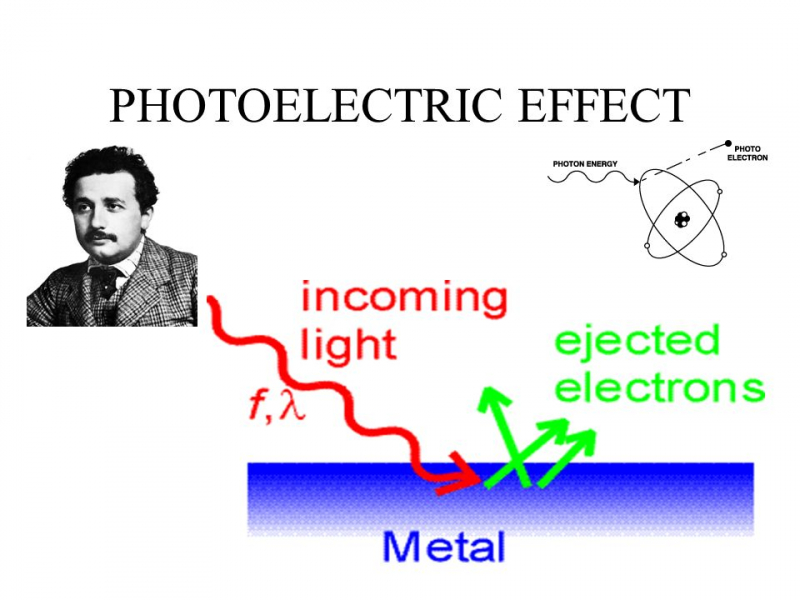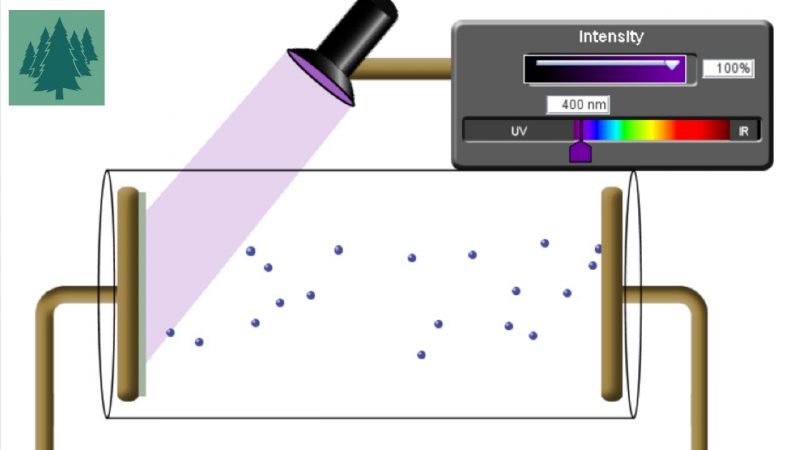Einstein Solved The Riddle Of The Photoelectric Effect
In March 1905, Einstein published a paper explaining the photoelectric effect while still working as a lowly patent clerk in Switzerland. Max Planck had addressed the problem of black body radiation five years before by demonstrating that each atom in the cavity's walls could only absorb or emit radiation in discrete "quanta," with each quantum's energy being an integer multiple of its frequency times a new fundamental constant.
Planck believed his concept of quanta was merely a mathematical "trick" for bringing theory and experiment closer together. Planck's quanta, on the other hand, were extended to light itself by Einstein. (Planck considered that just the atoms' vibrations were quantized.) According to Planck's formula, light is a beam of particles whose energies are related to their frequencies. The photons collide with the atoms when the beam is directed towards a metal. The photoelectric effect occurs when the frequency of a photon is high enough to knock an electron loose. Light carries energy proportionate to the wave's frequency as a particle, and has a frequency defined by the particle's energy as a wave. This work earned Einstein the Nobel Prize in Physics in 1921.












